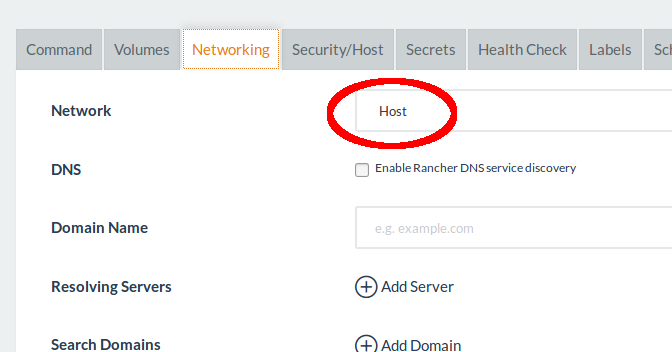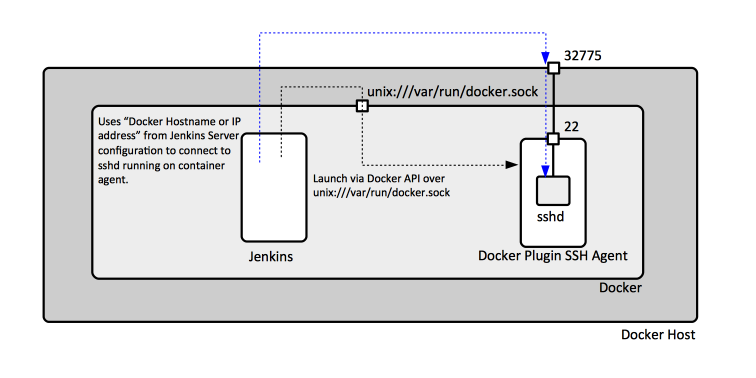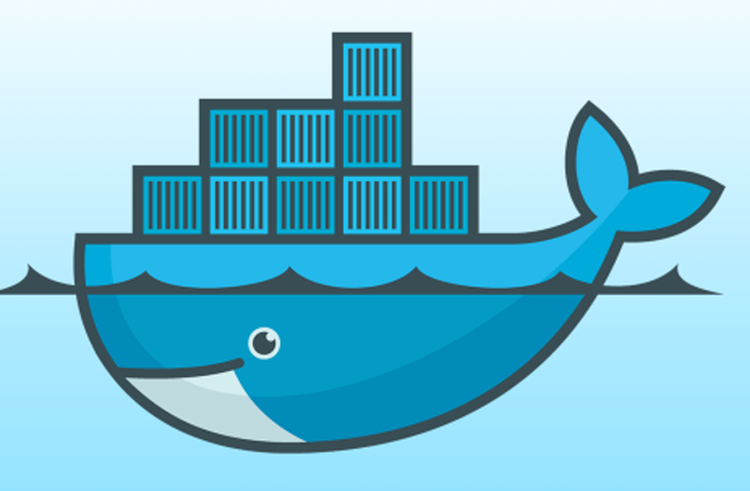

- #Docker ip configuration how to#
- #Docker ip configuration install#
- #Docker ip configuration driver#
- #Docker ip configuration upgrade#
- #Docker ip configuration mac#
#Docker ip configuration how to#
Take a look at the drivers and readme to learn more about Macvlan and Ipvlan and how to get started using the Docker drivers to do some awesome. These are great Linux networking options that have a lot of potential in both Enterprise and Provider data centers. There is no other way to avoid flooding broadcasts and multicast to the application container running on the edge otherwise (and staying in the realm of reality). having integration between a ToR and a host’s orchestration that will dynamically plumb routes. There is not a whole lot of difference between running a gateway protocol on a host that peers to a ToR vs. There is a conversation that needs to happen with ops if you subscribe to that (which I tend to agree w/ for scale/stability). On the topic of 元, when people say L2 is bad and 元 is the future. There is a long list of examples in the script I used for debugging during dev here that highlights some of the killer default IPAM options that the Libnetwork team have added. At the day job, we are working on partner integrations that will make plumbing those routes easy into a network fabric. That could also be added to a ToR (top of rack switch).

Here is an example adding a route on a tp-link router. That will enable the container to ping out to the Internet. VMware Fusion works with no problems, just have the interfaces to the VM on the Fusion side be promiscuous.Īnother option for Ipvlan 元 testing is if you are on your home network for example example, you can add a static route into the home router pointing the IP prefix “10.1.100.0/24” to the eth0 address on the host. I recommend using NAT mode on the VirtualBox interface along with promiscuous mode for the VM if using VBox. Note: if using VirtualBox it can be problematic getting multiple MACs off the Windows or OS X host.
#Docker ip configuration mac#
It also uses a unique MAC per Docker container. Macvlan will forward L2 broadcasts and multicast into the namespace. Macvlan Bridge Mode Linux Networkingįirst up is Macvlan Bridge mode.
#Docker ip configuration upgrade#
Quick example of iproute2 upgrade in this Gist. If you are on an old Linux distribution such as 14.10Ubuntu the iproute2 package is old and doesn’t have Ipvlan in it. All of the examples can be pasted directly into a Linux terminal and they will work.
#Docker ip configuration driver#
My buddy Scott Lowe recently did a great presentation at DevOps for Networking Forum on Linux Networking Types that covers these and more, so I recommend checking that out also.įor Diagrams of all of these scenarios see the diagrams we drew in the driver Readme link – Docker Network Experimental Macvlan and Ipvlan Driver Docs →Īll of these use cases are done behind the scenes in the Docker drivers which we will write on much more in the future, but understanding the complexity that is being taken care of under the hood is a helpful with new technologies. Personally, when I look at a new technology it helps to manually set something up to get a feel for whats happening under the covers. We have recently added support for Ipvlan to the Docker Libnetwork project in experimental mode for the v1.11 release Ipvlan Network Drivers along with a slide deck the demonstrates the driver. $ docker run –net=mcv1 -it –rm alpine /bin/sh # Create a network (replace the subnet to match your eth interface)
#Docker ip configuration install#
To install the latest RC you can do the following: The docs for it can be found at: Macvlan Driver Docs For some tips about these techniques, go to Kurento in Docker.Update: Macvlan is now in production as of Docker v1.12. If this is not flexible enough, you can always use a bind-mount or volume with a different set of configuration files in /etc/kurento/. The Kurento Docker images also accept some environment variables that map directly to settings in the above files. Defines some environment variables, which have an effect on features such as the Debug Logging, or the Core Dump files that are generated when a crash happens.įor other settings not directly available in configuration files, make sure to read the Client API SDK docs, where all exposed methods are documented: This file is loaded by the system’s service init files. etc/kurento/modules/kurento/Īudio/video parameters for SdpEndpoints (i.e. Generic parameters for all kinds of MediaElement.

Provides settings for the behavior of Kurento Media Server itself.

Most (but not all, see below) of the settings in Kurento can be set statically in configuration files:


 0 kommentar(er)
0 kommentar(er)
